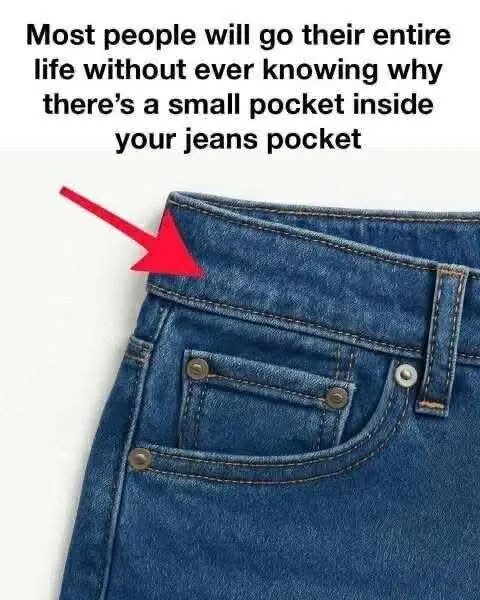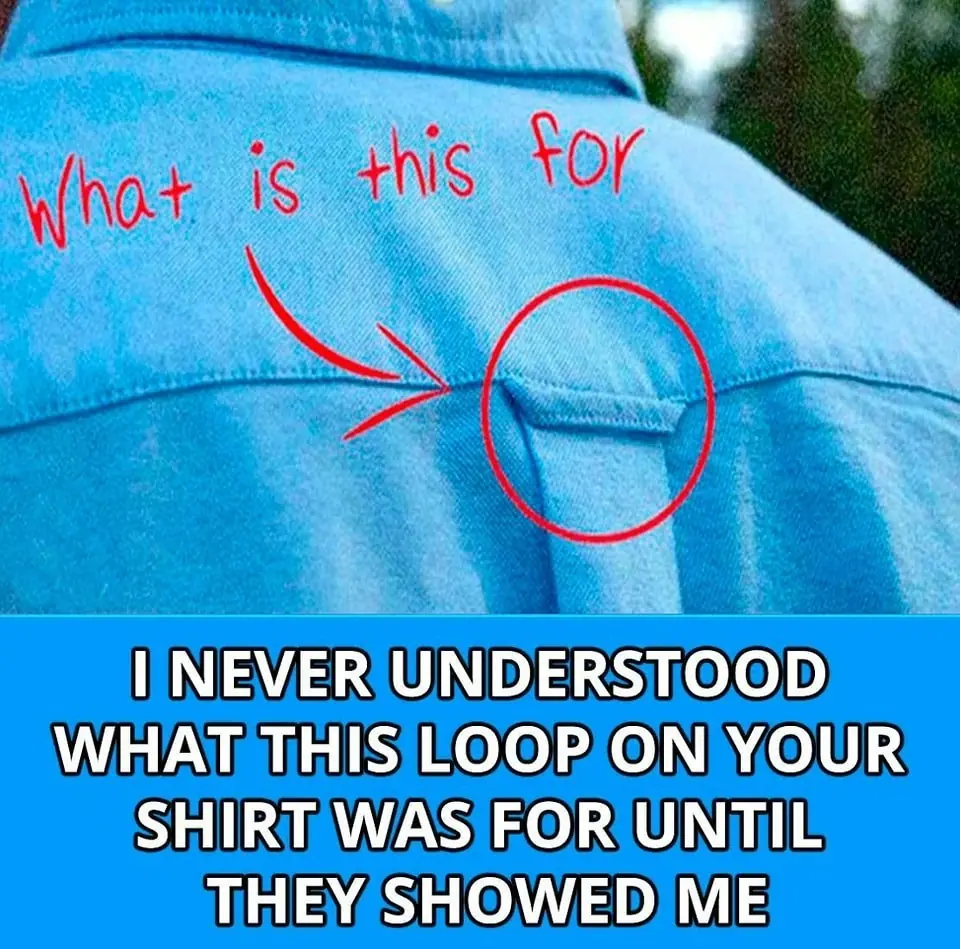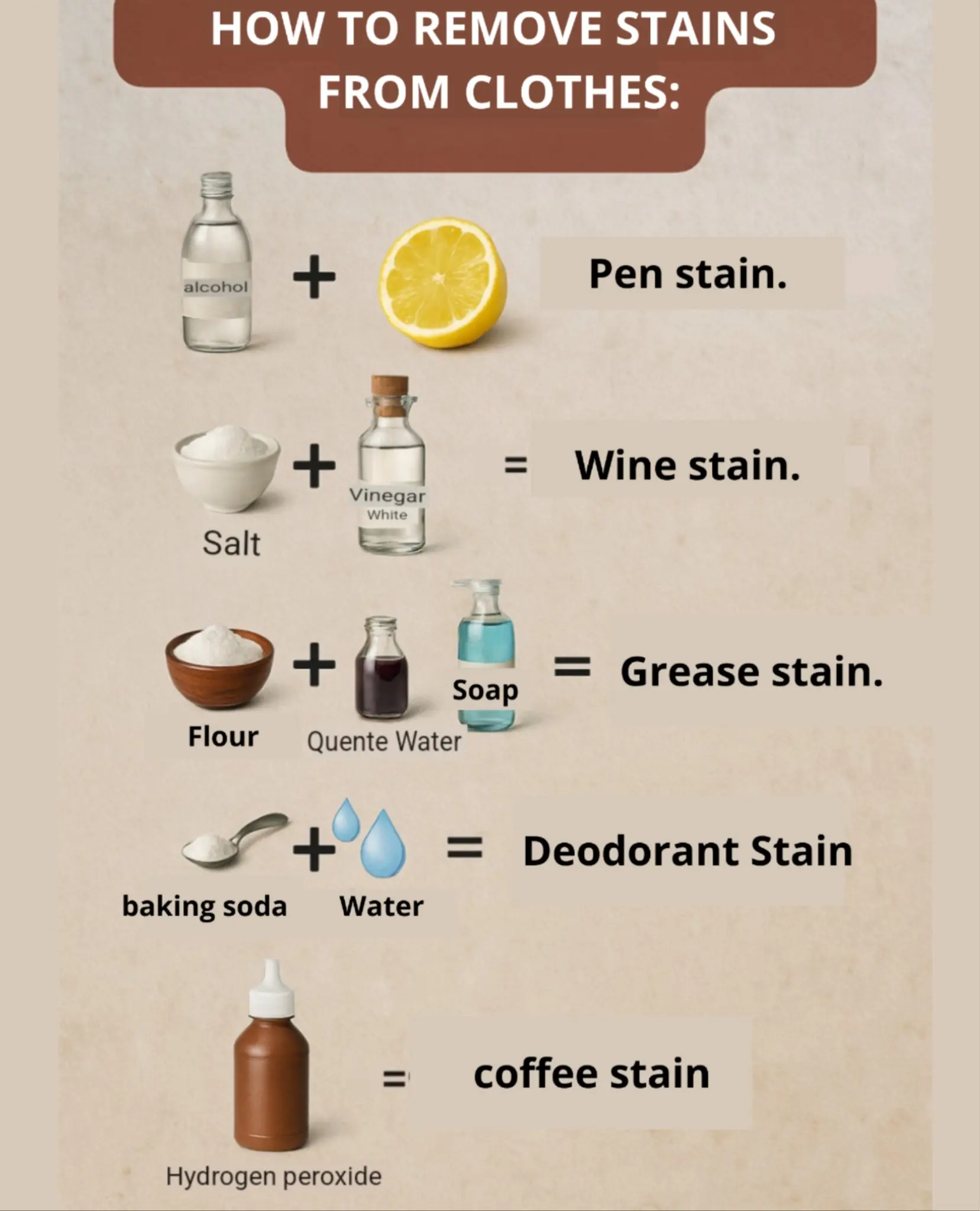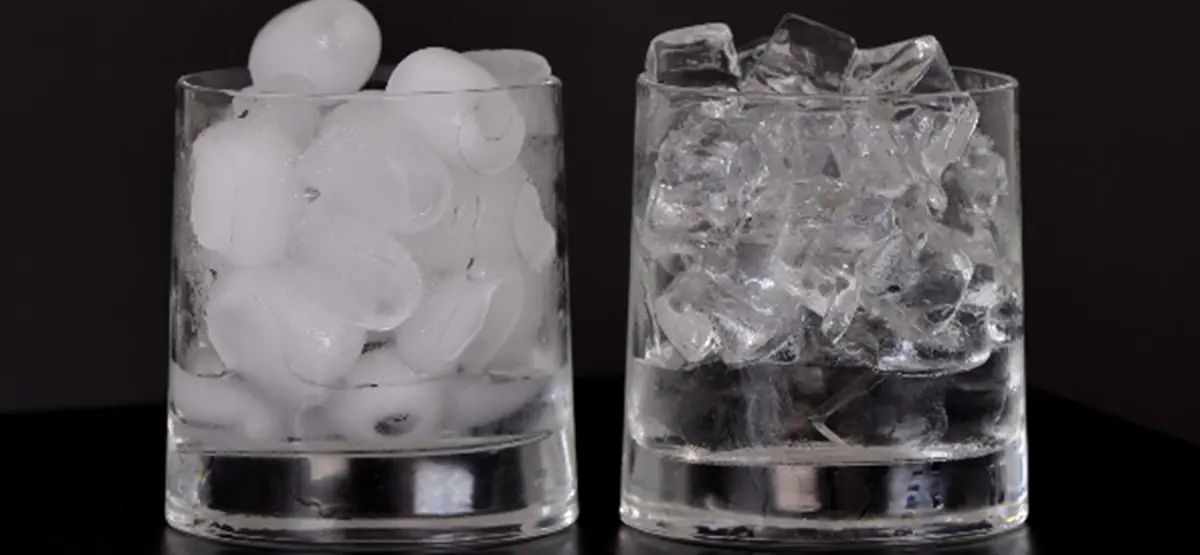
Why Do Button-Down Shirts Have Loops on the Back? The Surprising History of the "Locker Loop" 🔍👕

You’ve worn button-down shirts for years — maybe even every day — but have you ever noticed that small fabric loop stitched at the back, just below the collar ?
It’s not a flaw. It’s not a leftover from manufacturing.
This tiny detail — commonly known as the “locker loop” — has a rich, practical, and surprisingly stylish history that spans naval decks, Ivy League campuses, and modern fashion runways .
So what is it for? And why is it still on shirts today?
Let’s unravel the mystery behind the back loop on button-down shirts — and why this small feature says a lot about tradition, function, and subtle style.
What Is the Locker Loop?
The locker loop (also called a hanger loop , sweater loop , or backstay ) is a small strip of fabric sewn vertically between the shoulders on the inside of a dress or casual shirt.
While it’s most commonly found on Oxford cloth button-downs (OCBDs) , it also appears on some polos, blazers, and even women’s shirts.
At first glance, it seems pointless — but its origins are deeply rooted in practicality and prestige .
The Naval Origins: A Sailor’s Best Friend
The locker loop’s story begins in the British Royal Navy in the early 20th century.
Sailors needed a way to hang their shirts quickly and securely in tight, damp quarters — especially during rough seas.
Instead of using fragile hangers that could break or fall, they used the back loop to:
- Hang shirts from hooks in lockers or cabins
- Keep uniforms neat and wrinkle-free
- Prevent shirts from blowing overboard in strong winds
This simple feature saved time, space, and sanity — and soon became standard on naval uniforms.
The Ivy League Takeover: From Function to Fashion
In the 1950s and 60s, American prep culture adopted the British-style button-down collar shirt — and with it, the locker loop .
Colleges like Yale, Harvard, and Princeton became hotbeds of Ivy League style , where the OCBD was a symbol of refinement, tradition, and understated cool .
The locker loop, once a utilitarian naval feature, became a subtle badge of authenticity — a sign that your shirt was the “real deal,” not a cheap imitation.
💡 Fun fact: Many Ivy League students would hang their shirts on bedposts or hooks in dorm rooms — just like sailors did.
Modern Uses: Why the Loop Still Exists Today
While most of us aren’t sailing ships or living in dorms, the locker loop has survived into modern fashion — and people have found creative new uses for it.
1. Hanging the Shirt Properly
The original purpose lives on — the loop lets you hang your shirt neatly without stretching the shoulders, especially useful in tight closets.
2. Tucking in a Tie or Scarf
Some men use the loop to secure the narrow end of a tie , preventing it from flapping around.
Others tuck a pocket square or scarf through it for a quirky, preppy touch.
3. Hanging a Lanyard or Badge
In workplaces or events, people use the loop to clip ID badges, keys, or earbuds — keeping essentials close and hands-free.
4. A Fashion Statement
Designers like Ralph Lauren, Brooks Brothers, and J.Crew keep the loop on their shirts as a nod to heritage and authenticity .
For fashion enthusiasts, it’s a detail that signals quality and tradition — a quiet flex of style intelligence.
Do All Shirts Have a Locker Loop?
No — and its presence (or absence) can tell you a lot about a shirt.
✅ Common on:
- Oxford cloth button-downs (OCBDs)
- Preppy or heritage-style shirts
- Brands with Ivy League or nautical roots
❌ Rare on:
- Slim-fit dress shirts
- Budget or fast-fashion brands
- European or minimalist designs
🔍 Pro Tip: If you see a locker loop on a shirt, it’s often a sign of attention to detail and classic styling .
Frequently Asked Questions
❓ Can I cut off the locker loop?
Yes — many people do if they find it unnecessary. But removing it may reduce the shirt’s resale value or vintage appeal.
❓ Do women’s shirts have locker loops?
Some do — especially in menswear-inspired or tailored women’s shirts . It’s less common but growing in popularity.
❓ Is the loop only for button-downs?
Mostly — but you’ll also find it on polo shirts, blazers, and field jackets — especially those with military or prep heritage.
❓ Does the loop help with wrinkles?
Indirectly. By allowing the shirt to hang evenly, it helps maintain shape and reduce creasing .
Final Thoughts
That little loop on the back of your shirt isn’t just a leftover from the past — it’s a symbol of history, function, and timeless style .
From British sailors braving the seas to Ivy League students defining American prep , the locker loop has sailed through time — not because it’s flashy, but because it’s meaningful .
So next time you slip on a button-down, take a second to notice that small loop. It’s more than a detail — it’s a story stitched into your wardrobe .
And now that you know its secret, you’ll never look at a shirt the same way again.
News in the same category


Why Bath Towels Are Essential — More Than Just a Post-Shower Staple

17 Tips on How to Spot a Fake Product

Great hacks every family needs

Don’t Boil Eggs Directly In Water — Here’s How FIVE-STAR Hotels Cook Their Eggs!

10 kinds of meat and how long to store them each in the freezer.

How to Unclog Stovetop Burners and Make the Flame Stronger with This Fantastic Homemade Trick

What to Do When Your Refrigerator Has Condensation and Frost in the Freezer

Simple Salt Hack Helps Clean Sticky Irons and Improve Performance

Why You Shouldn’t Sleep Next to a Charging iPhone Thermal Buildup

12 NATURAL HOMEMADE CLEANERS that will clean, sanitize and disinfect everything in our homes

Shocking Kitchen Hack: Eliminate Rats and Cockroaches Forever with This Rice Trick!

How to Effectively Remove Stains from Clothes: Simple Home Remedies That Work

How to Transform Banana Peels into Powerful Homemade Fertilizer In Just 5 Steps

Natural Pest Control with Baking Soda & Vinegar

How To Properly Dispose of Ticks

Clear vs. Cloudy Ice: Why It Happens and How to Make Crystal-Clear Ice at Home
20 Household Cleaning Products You Should Never Mix Together
News Post

WHAT HAPPENS WHEN WE TONGUE KISS…See more

Nature’s Secret: 4 Healing Leaves That Support Metabolism, Immunity & Circulation Naturally

Don’t Drink Coconut Water Before You Know These 11 Secrets!

Pumpkin Seed Milk — The Natural Parasite Cleanser

Fast Rice Water Trick for a Brighter Smile

Morning Drink to Revive Your Kidneys Fast

The Onion Recipe That Could Transform Your Blood Sugar, Support Cleaner Arteries, and Protect Your Heart!

Top 4 Fruits That Help Your Kidneys Flush Out Toxins While You Sleep

Ginger, Clove, and Honey: The Natural Trio Your Body Will Thank You For

Heal 15 Years of Joint Pain Naturally with Turmeric and Honey Tea

This Juice Revived My Grandma’s Energy — Say Goodbye to Fatigue and Body Pain with This Natural Recipe

The Benefits of Eating 2 Boiled Eggs Every Morning: Transform Your Health!

If Your Kidneys Are in Danger, Your Body Will Send You These 8 Signals — Don’t Ignore Them

The Surprising Effects of Avocado on Your Heart and Brain

Ways to Get Over a Man Who Didn’t Value You

I’m 66 but Look 36 — My Secret? Aloe Vera & Ginger for Firm, Smooth Skin

How to Make Okra Water to Treat 17 Health Problems Naturally

Banana and Egg Mask to Look Younger Even in Your 80s

Scent Leaf Secrets Unveiled: 10 Surprising Health Benefits of This Miracle Herb
